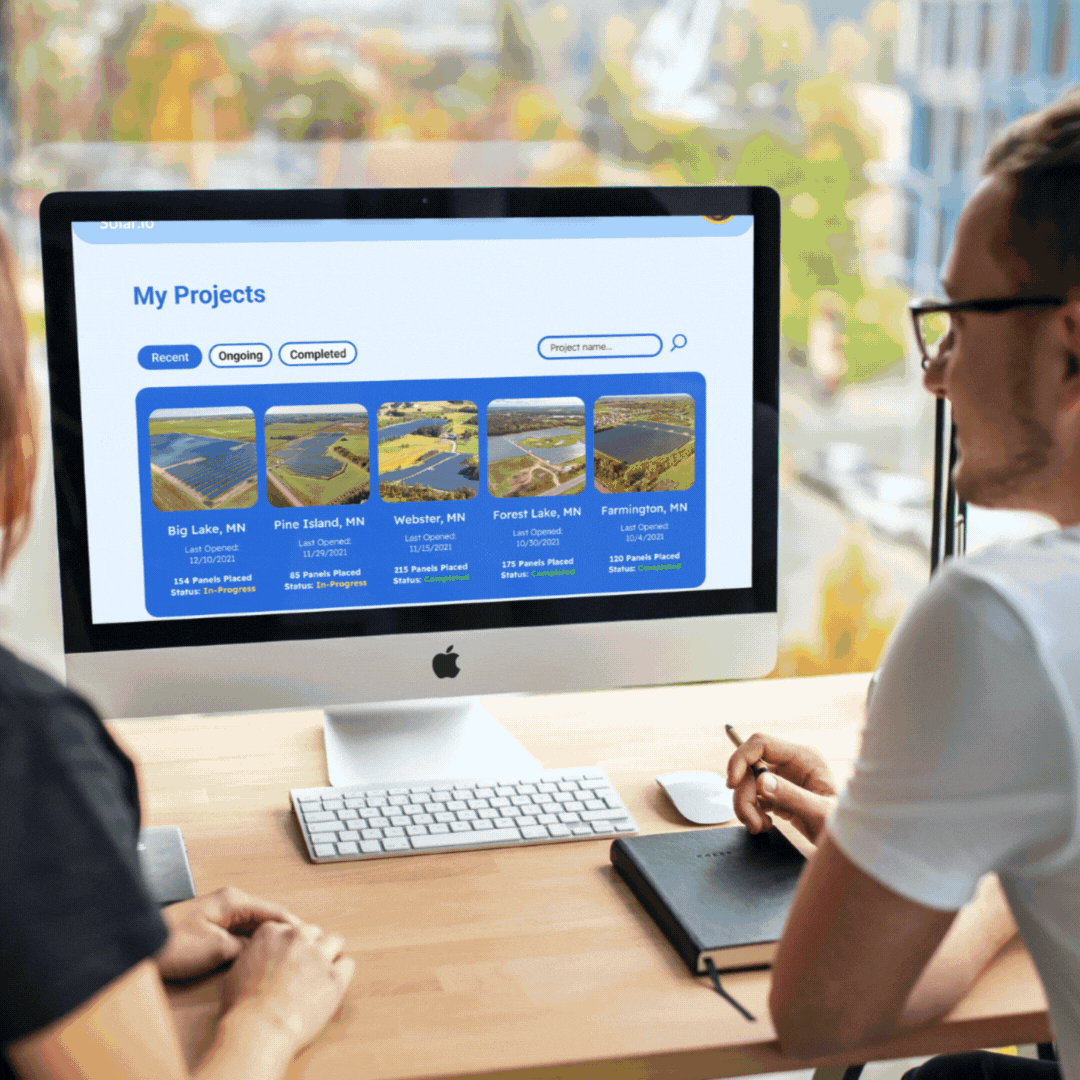Solario

In my final project for Google’s UX Design course, I designed a cross-platform tool for planning solar farms.
Solar.io was conceived to facilitate the planning and optimization of solar farms for both personal and commercial applications.
Challenges
-
Design an intuitive and accessible user interface.
-
Understand a niche user journey.
-
Design responsive screens for a companion website.
Empathizing
In preparation for this project, I sought input from professionals within the renewable energy sector, gathering valuable insights to help drive my initial design decisions. Using LinkedIn search, I helped round up 6 different professionals within the Solar energy industry to have short interviews with.
User Research Themes
Optimization is Crucial for Renewable Energy Projects
When planning renewable energy projects, ensuring a return on investment (ROI) is paramount. Users require a comprehensive tool to calculate and optimize their ROI.
Managing Multiple Projects
Contractors and full-time solar farm planners often manage numerous projects simultaneously. Users need a systematic approach to organize and manage their projects effectively.
Personas
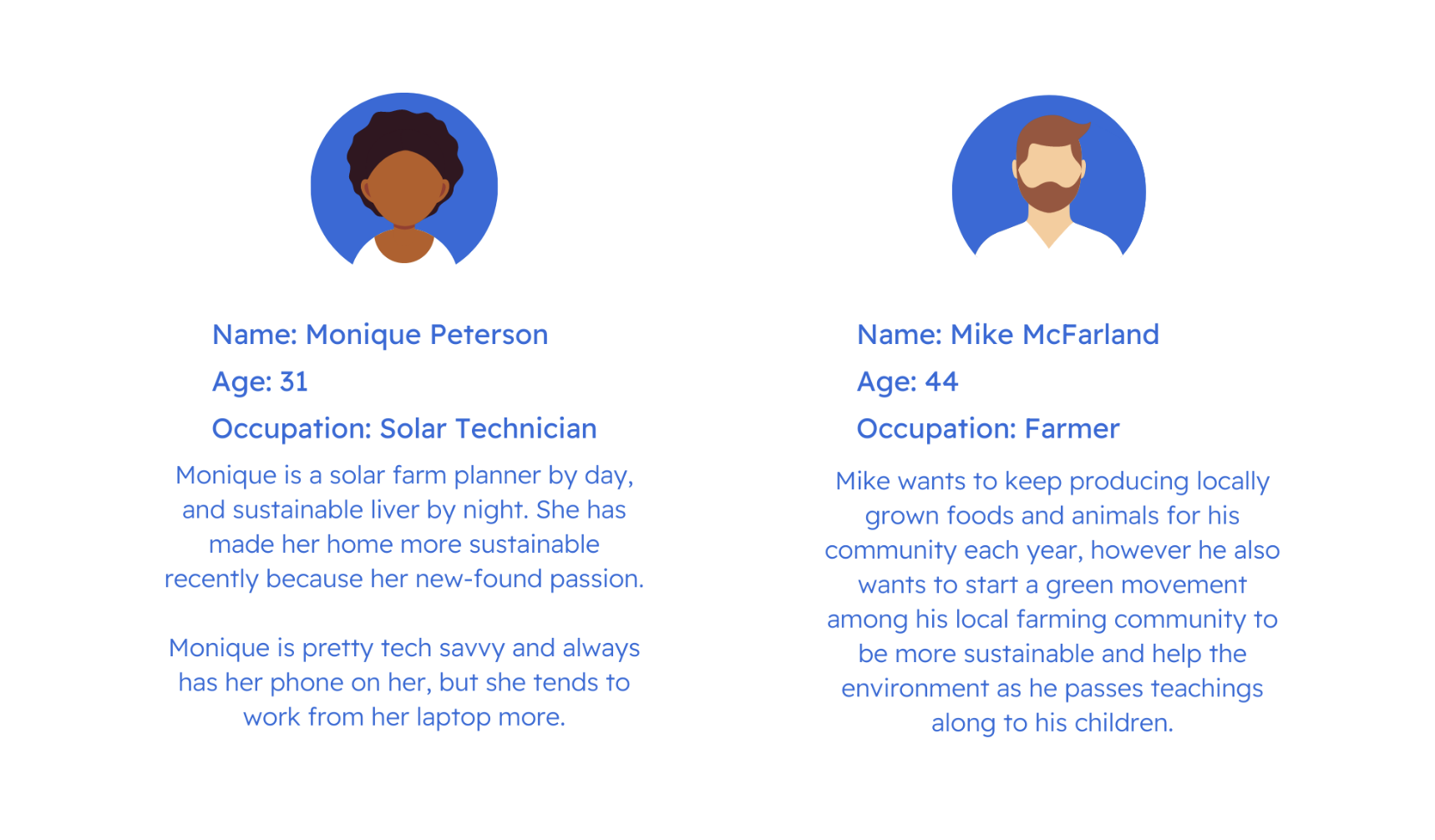
Competitive Analysis
In competitive audits, I found two competitors that caught my eye. They both offered products for planning solar farm projects and I noted areas for improvement and potential adoptions.
Key issues
- inaccessible and unintuitive interfaces
- Outdated boxy designs
Positives
- Iconography and layouts
- Complex planning tools
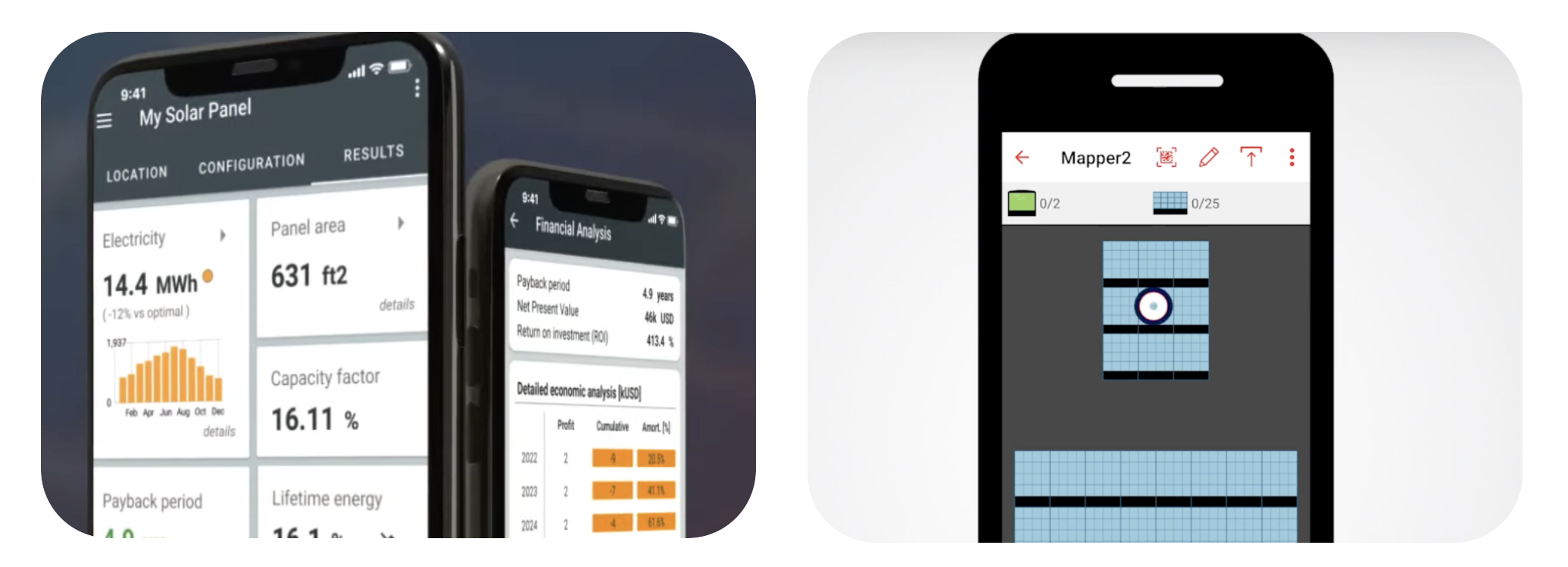
User Journey
To empathize with users, I created a user journey map based on the personas developed earlier. This simplified process helped me narrow down features for the app.
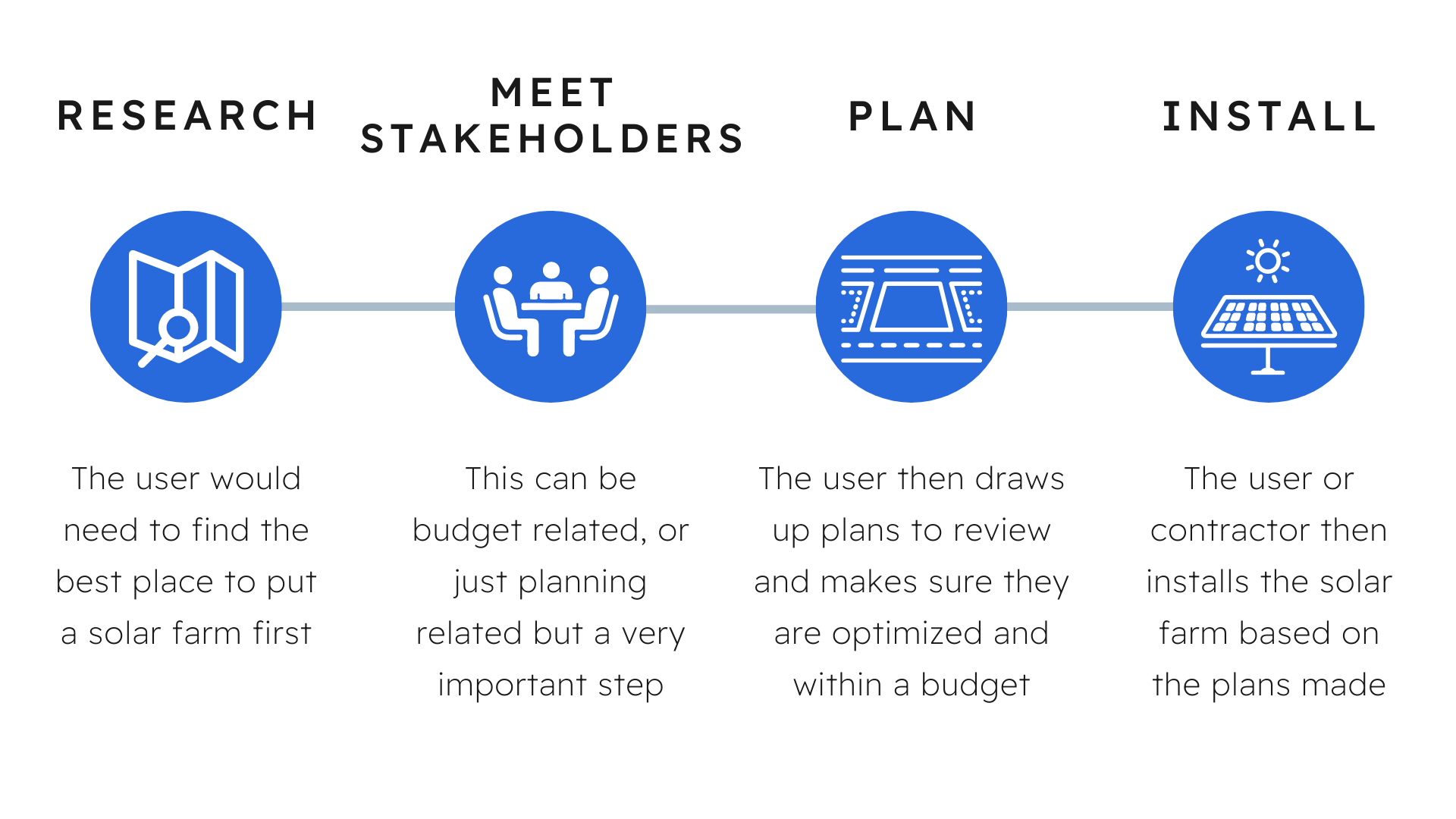
Design Process
After empathizing with the user and improving their workflow, I created the user flow for the app and responsive website. These screens address pain points found in my research.
User Flow

Wireframing
I used the “Crazy 8’s” design method to quickly sketch ideas for the devices and pages, generating a wide range of solutions.
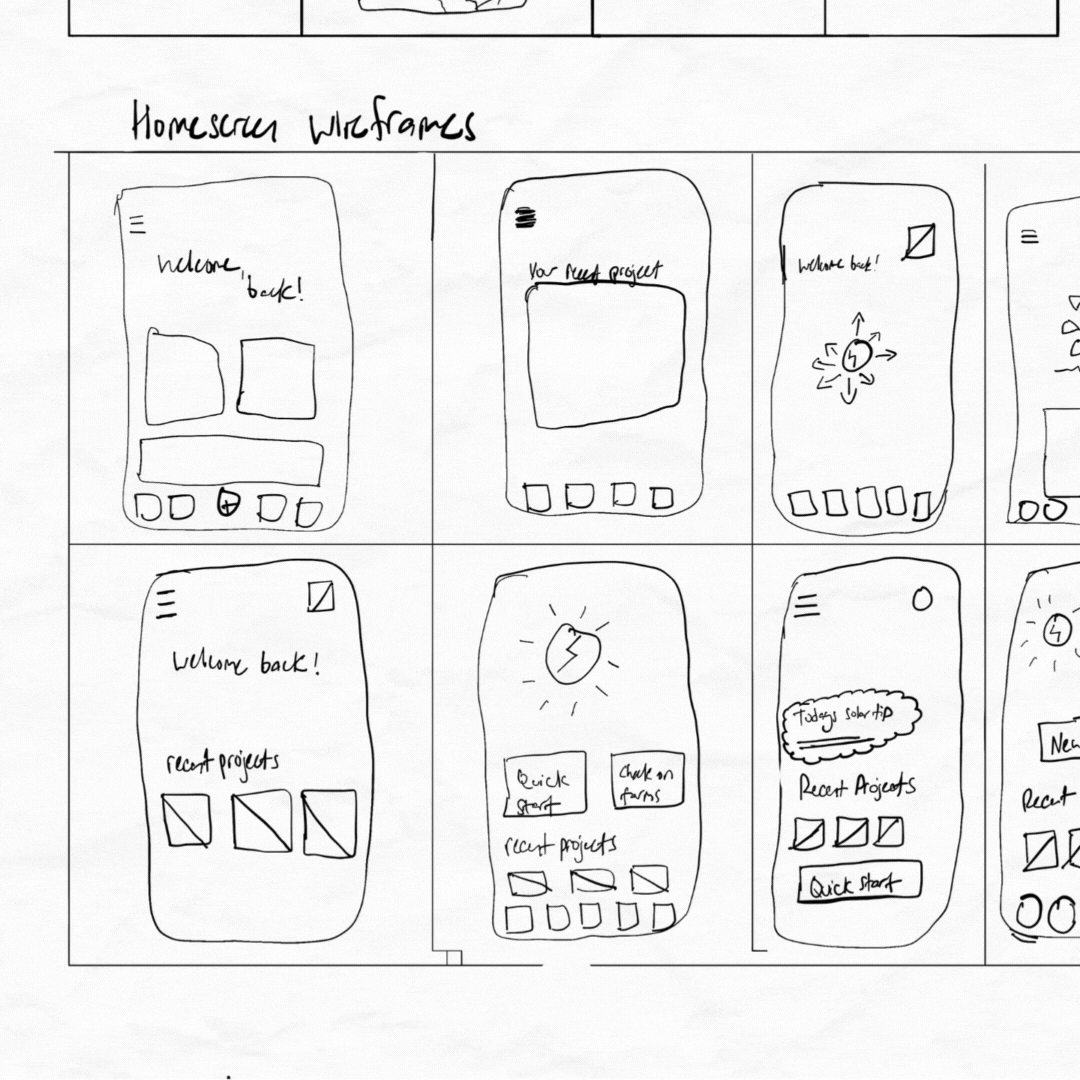
Prototyping
Taking accessibility and information architecture into account, I refined the paper wireframes I worked them into digital wireframes and a prototype with the help of Figma.
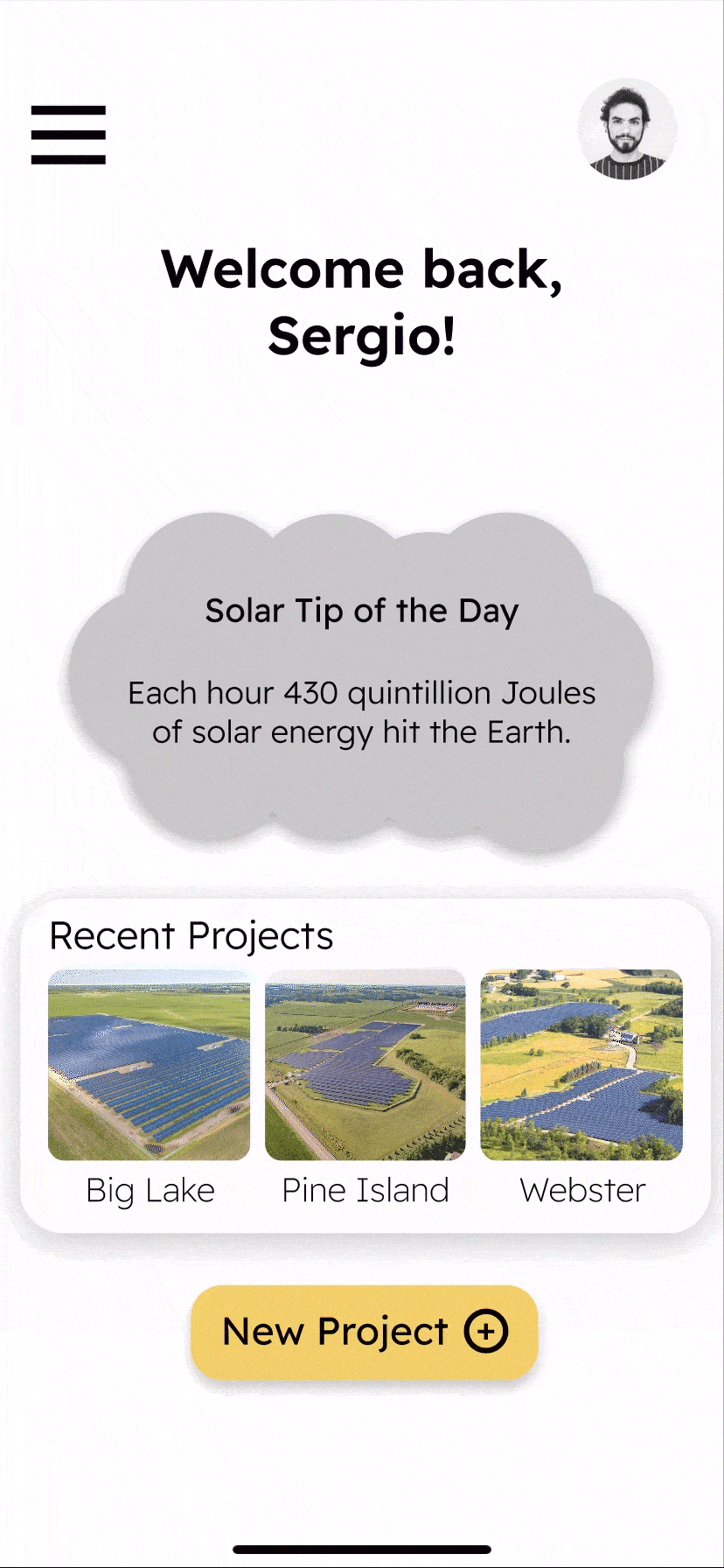
This prototype has basic user flows such as being able to place a solar panel, and being able to navigate to different pages in the website.
View Lo-Fi Mobile Responsive Site
View Lo-Fi Desktop Responsive Site
Testing & Iteration
After completing unmoderated usability tests with my low fidelity prototype, users identified areas for improvement. Overall, feedback was positive, and users navigated the main user flow smoothly.
Three feedback themes emerged from the testing:
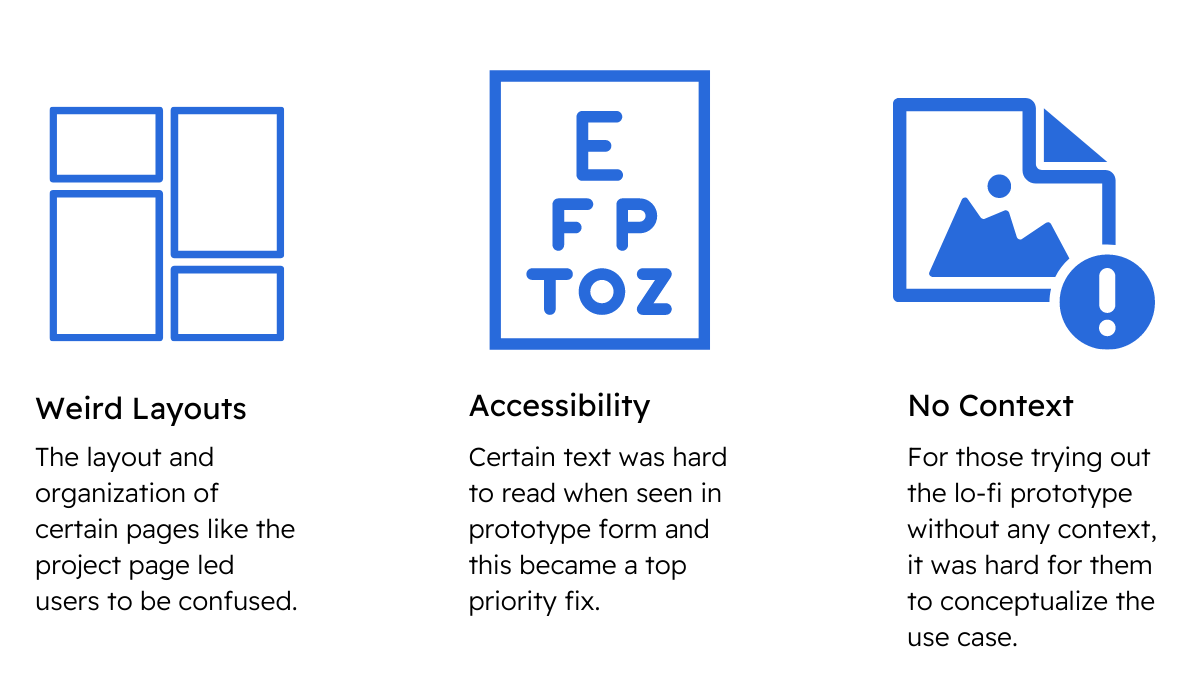
Lo-Fi Prototype 👉 Mockup V1
The mockups shaped my vision for Solar.io. Each element, from the unique color palette to typography and iconography, evoked energy and confidence.
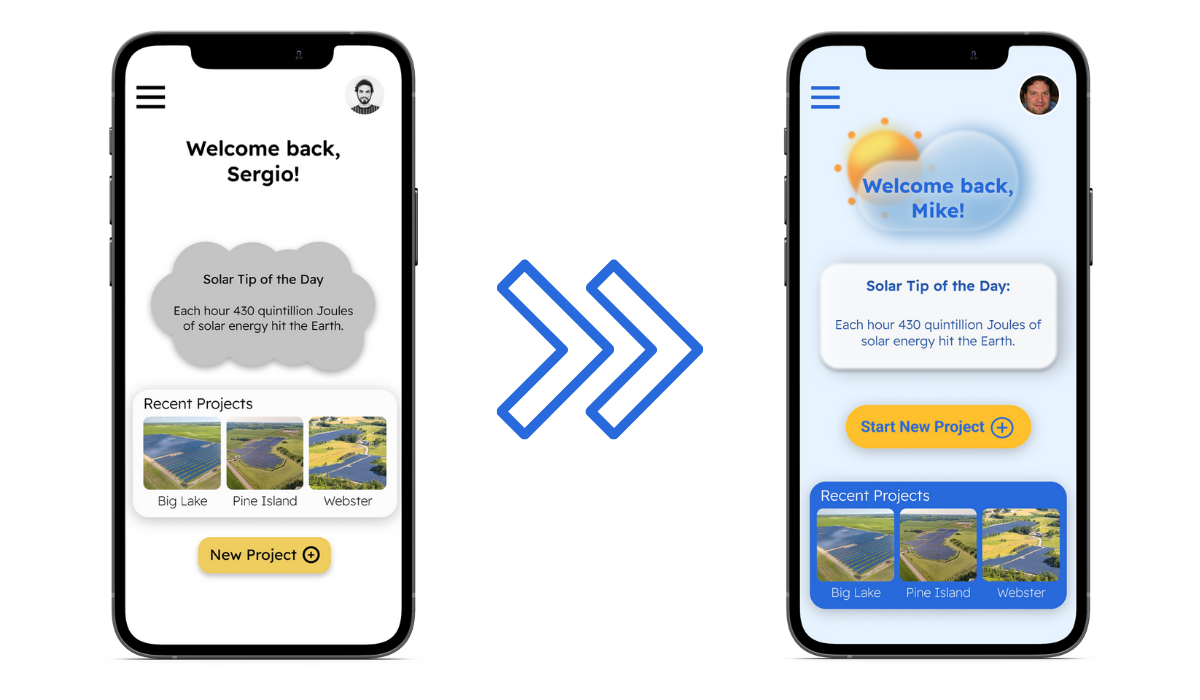
Mockups across different screens
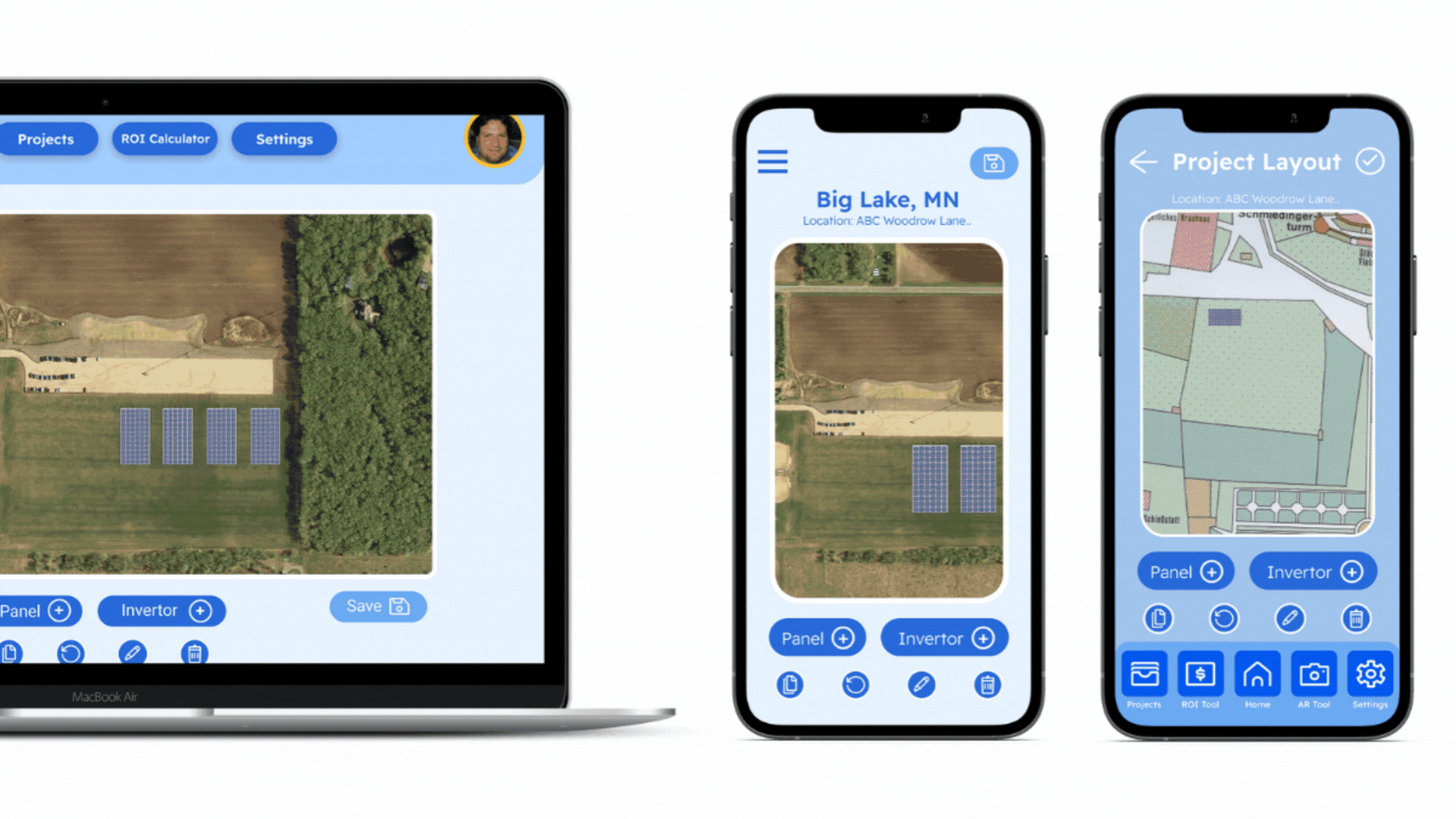
View Hi-Fi Mobile Responsive Site
View Hi-Fi Desktop Responsive Site
Project Takeaways
Over the past year, I have dedicated significant thought to adopting more environmentally friendly practices. This project aligned seamlessly with my passion and provided an opportunity to leverage my existing Figma experience. I gained valuable insights into the challenges of managing multiple design sets simultaneously.
Through my UX design program, I have honed my design skills and gained a comprehensive understanding of various design principles, including accessible design, information architecture, ideation and iteration, and UX research.
If I were to further improve the design of this app and website, I would:
- Conduct further user testing to identify areas for improvement and update the user interface of the products.
- Gather feedback from individuals within the solar panel industry and field to assess the viability of this product concept.
